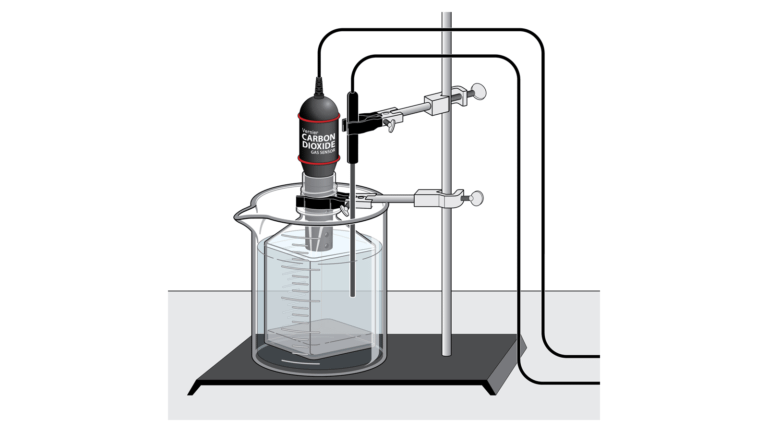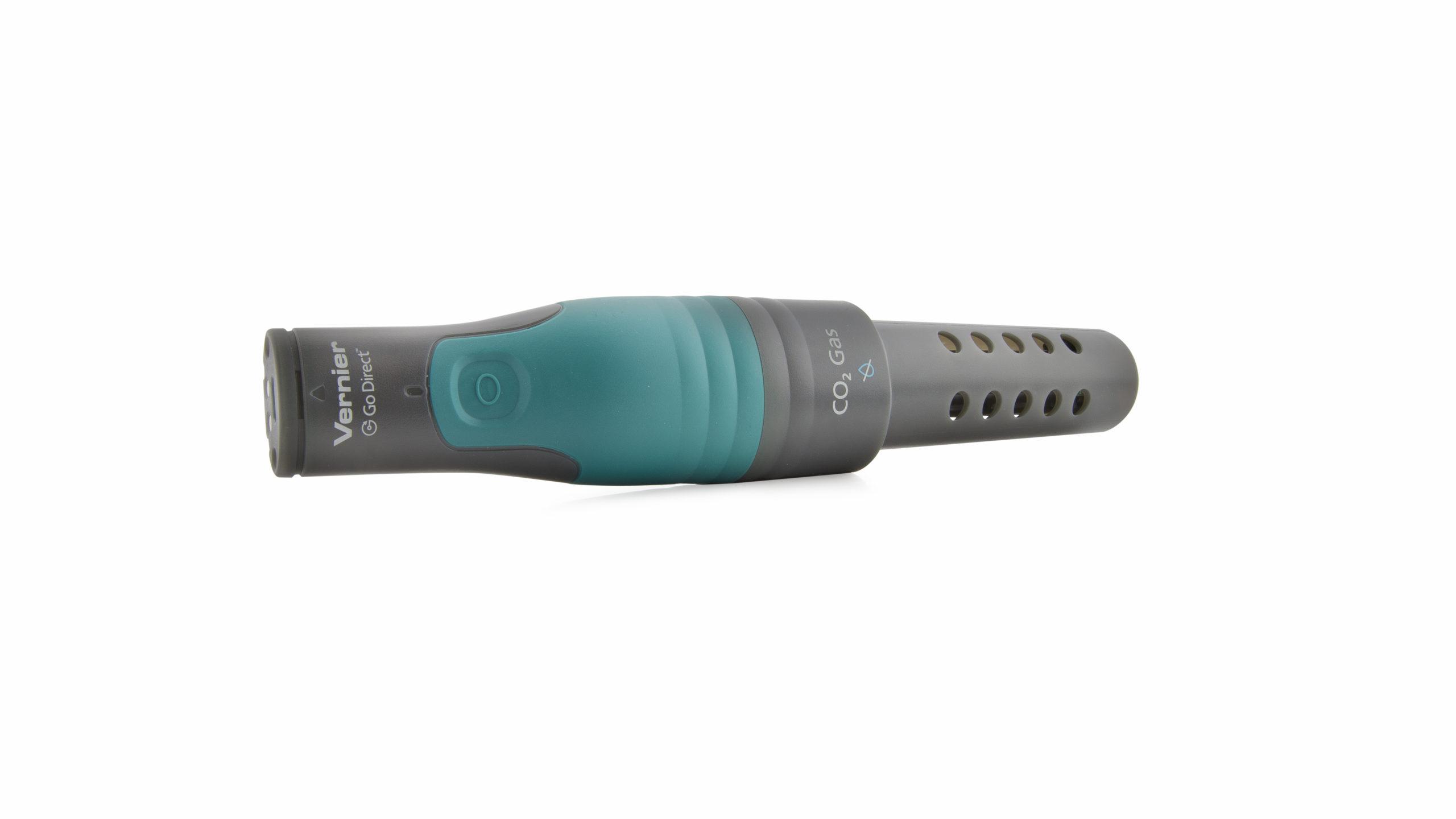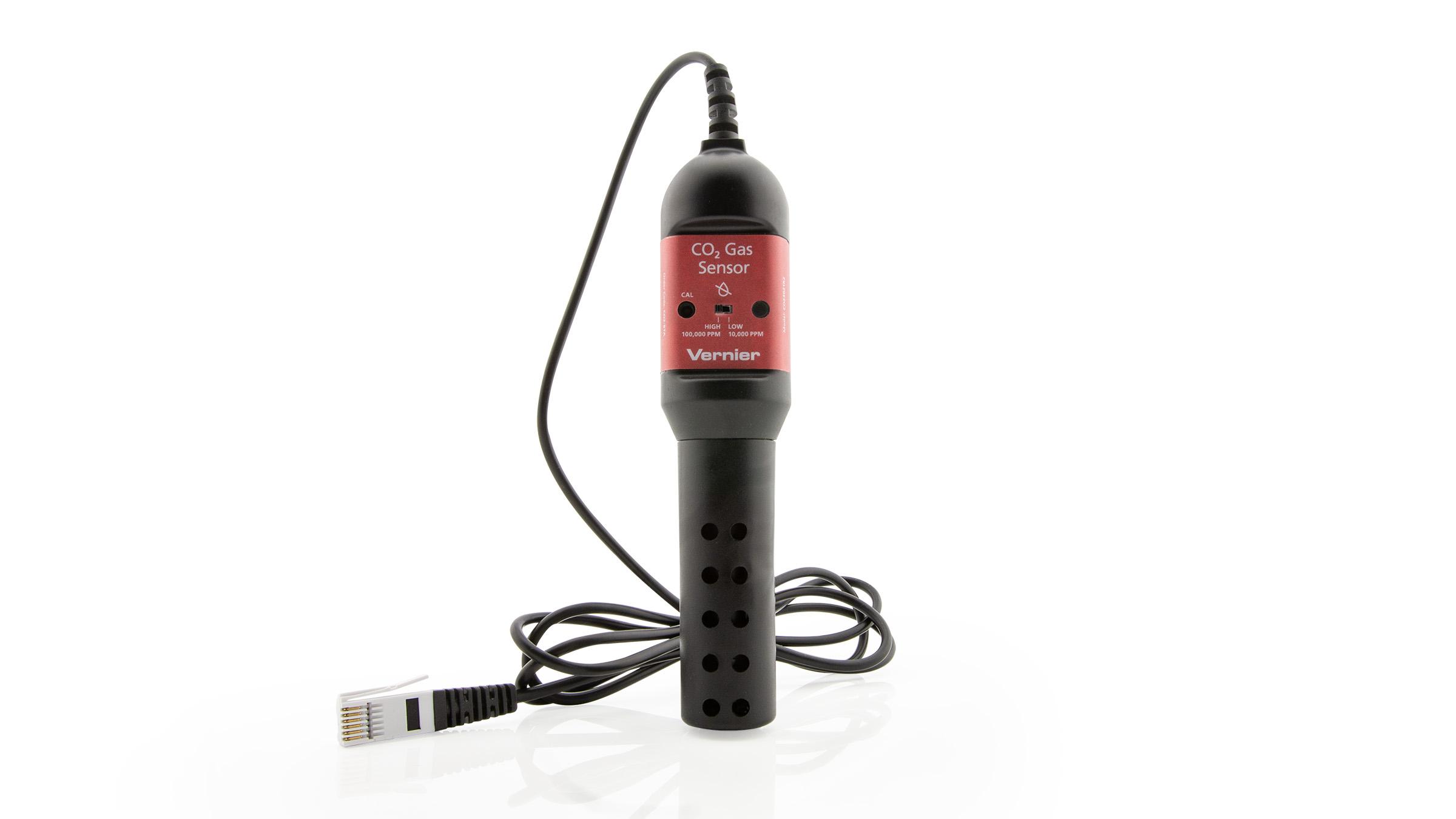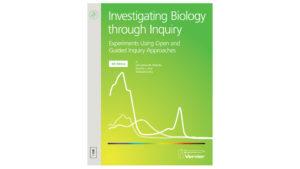Sugar Metabolism with Yeast (Carbon Dioxide Gas)
Experiment #10A from Investigating Biology through Inquiry
- Subject
- Biology

Introduction
Yeast are able to metabolize some foods, but not others. In order for an organism to make use of a potential source of food, it must be capable of transporting the food into its cells. It must also have the proper enzymes capable of breaking the food’s chemical bonds in a useful way. Sugars are vital to all living organisms. Yeast are capable of using some, but not all sugars as a food source. Yeast can metabolize sugar in two ways, aerobically, with the aid of oxygen, or anaerobically, without oxygen. In both cases, carbon dioxide, CO2, is produced. The rate that this gas is produced is referred to as the rate of respiration.
Objectives
In the Preliminary Activity, you will use a CO2 Gas Sensor to determine the rate of respiration of glucose by yeast.
After completing the Preliminary Activity, you will first use reference sources to find out more about sugars, respiration, and yeast before you choose and investigate a researchable question dealing with the respiration of sugars by yeast. Some topics to consider in your reference search are:
- sugars
- carbohydrates
- monosaccharides
- disaccharides
- polysaccharides
- yeast
- glycolysis
- metabolism
- aerobic respiration
- anaerobic respiration
Sensors and Equipment
This experiment features the following sensors and equipment. Additional equipment may be required.
Correlations
Teaching to an educational standard? This experiment supports the standards below.
- International Baccalaureate (IB)/Sports, Exercise, and Health Science
- 3.2 Carbohydrate and fat metabolism
- International Baccalaureate (IB) 2025/Biology
- B1.1.3—Digestion of polymers into monomers by hydrolysis reactions
- B1.1.4—Form and function of monosaccharides
- B1.1.5—Polysaccharides as energy storage compounds
- C1.1.2—Role of enzymes in metabolism
- C1.1.3—Anabolic and catabolic reactions
- C4.2.8—Heterotrophs as organisms that use carbon compounds obtained from other organisms to synthesize the carbon compounds that they require
- D2.2.8—Examples of environmental effects on gene expression in cells and organisms
Ready to Experiment?
Ask an Expert
Get answers to your questions about how to teach this experiment with our support team.
- Call toll-free: 888-837-6437
- Chat with Us
- Email support@vernier.com
Purchase the Lab Book
This experiment is #10A of Investigating Biology through Inquiry. The experiment in the book includes student instructions as well as instructor information for set up, helpful hints, and sample graphs and data.





